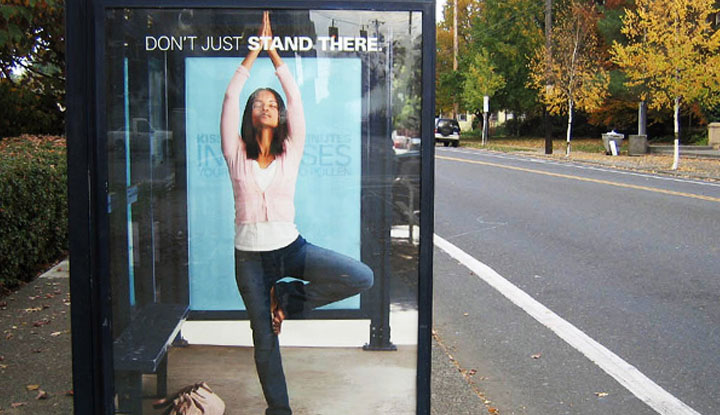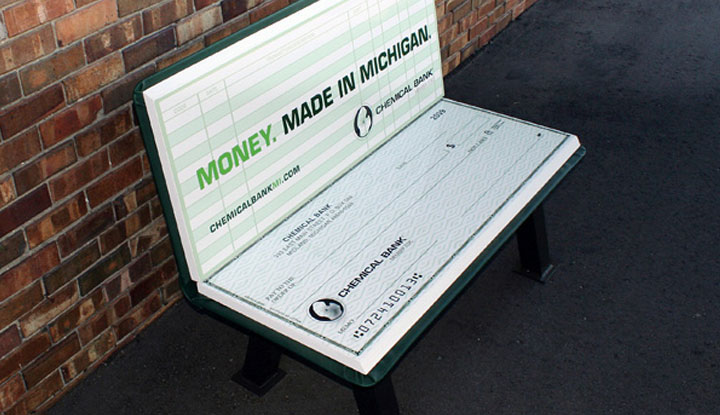While online marketing has gained noted traction over the years, don’t discount offline marketing just yet. Here’s a look at three reasons why offline marketing is still relevant – even in today’s digital age:
-
Direct mail has experienced a resurgence.
Many customers (56 percent) find print marketing to be the most trustworthy type of marketing. As Summer Gould of Target Marketing magazine suggests, “For the past several years, direct mail has been bashed for being too old school and past its time. The reality is far from that. Direct mail response is on the rise.”
Also, direct mail is a tried and tested marketing channel that continues to yield strong response rates. According to the 2015 DMA Response Rate Report, “Direct mail offers strong return on marketing investment. It returns the same ROI as social media (15-17%).”
-
Offline and online marketing prove they’re stronger together.
Interestingly enough, offline efforts can inform your customers’ online purchases. “79 percent of consumers will act on direct mail immediately compared to only 45 per cent who say they deal with email straightaway,” according to direct marketing studies.

Photo: Lamar.com Transit Advertising, Shelter An iProspect study reveals “nearly 40% of online searchers make a purchase after being influenced by an offline channel.” Offline marketing has evolved – making it a strong complementary effort to online marketing. This can include point of sale (POS) displays or tactics such as QR codes on printed materials to drive online conversions.
For this strategy to work: a) Include your company website and key social media accounts on all printed marketing materials; b) Utilize coupons in print collateral that can be redeemed online; and c) Integrate social media hashtag into printed sales and marketing collateral to drive recall.
-
Believe it or not, everyone isn’t online.
“An exhaustive new study by McKinsey & Company (really, it’s 120 pages long) about the barriers to Internet adoption around the world illuminates a rather surprising reality: 4.4 billion people scattered across the globe, including 3.2 billion living in only 20 countries, still aren’t connected to the Internet” (Washington Post).
Depending on your target audience you may find that restricting marketing to digital-only mediums can overlook potential customer segments and sales.
Creating a Comprehensive Offline Plan
Ultimately, a comprehensive offline marketing strategy should incorporate tested activities. While marketing is everything you do to acquire customers and maintain a relationship with them, a few offline advertising tactics of note include: events, direct mail, tradeshows, print materials (e.g., business cards, post cards, flyers, catalogs, door hangers, posters), outdoor advertisements (e.g., billboards, transit), TV/Radio, in-store point of sale, promotional products and more.
With so much going on, outside of the screen, offline marketing activities still have staying power and garner strong advertising spend across industries. However, to establish what works for your business, don’t be afraid to test and adapt. Offline marketing can prove more worthwhile than expected.
This article has been edited and condensed.
Cormac Reynolds, a content marketer at My Online Marketer, has worked in the online and offline sphere for five years. He enjoys his work and cooking in his free time. Connect with @brightoncormac on Twitter.
© YFS Magazine. All Rights Reserved. Copying prohibited. All material is protected by U.S. and international copyright laws. Unauthorized reproduction or distribution of this material is prohibited. Sharing of this material under Attribution-NonCommercial-NoDerivatives 4.0 International terms, listed here, is permitted.













